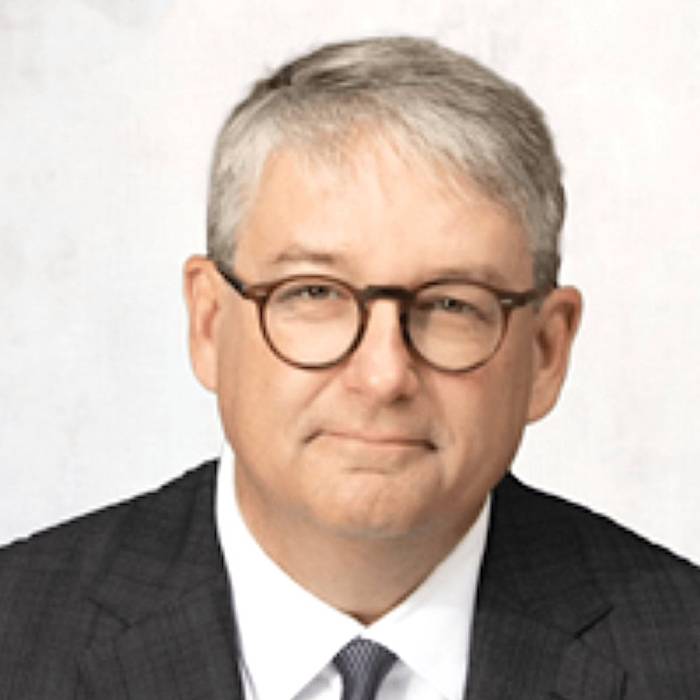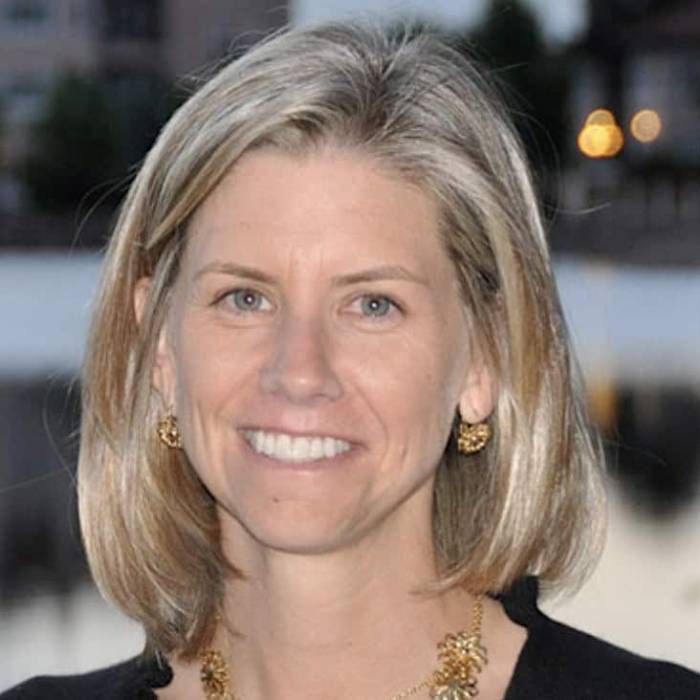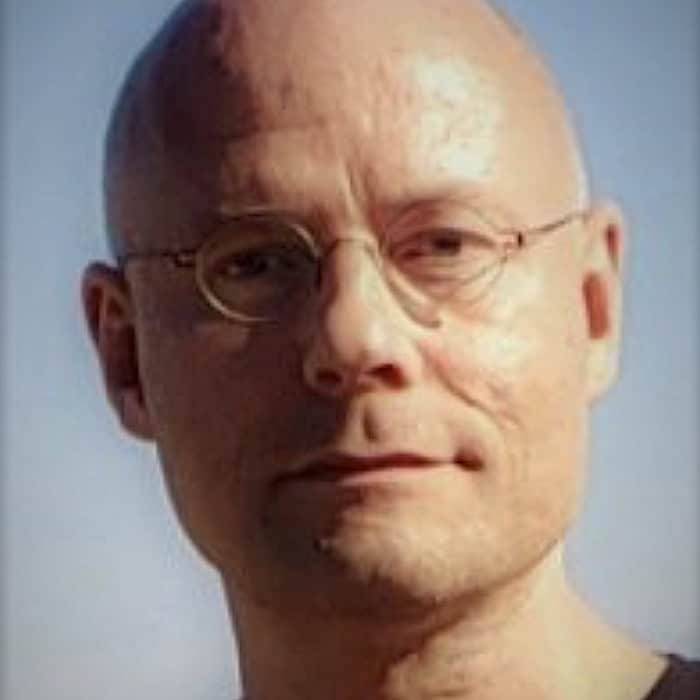Originally published by Space Intel Report. Read the original article here.
 (Source: Sateliot)
(Source: Sateliot)
LA PLATA, Maryland — Satellite direct-to-device (D2D) providers AST SpaceMobile, Globalstar, Lynk Global and Skylo Technologies said their proposed constellations are in line with space-sustainability concerns including satellite collision risk, post-retirement removal and mitigating interference with ground-based astronomy.
Satellite D2D comes in many forms. So far, none of the networks is proposing thousands of satellites. But all of them either have or are considering low-orbit constellations and must address national space agencies’ and regulators questions about how they address sustainability issues.
They did so Oct. 8 during the Space Sustainability Forum, organized by the 194-nation International Telecommunication Union (ITU) in Geneva.
AST SpaceMobile
AST SpaceMobile has its first group of satellites in orbit and plans a quick ramp-up of deployment in the next 18 months. The current satellites have 64-square-meter phased-array antennas. Future satellites’ antennas will be nearly four times that size, at 223 square meters.
NASA has worried that these antennas would be a flytrap for debris. AST plans to use orbits ranging from 508 to 740 kilometers in altitude.
 Jennifer A. Manner, SVP regulatory affairs and international strategy, AST SpaceMobile. (Source: AST)
Jennifer A. Manner, SVP regulatory affairs and international strategy, AST SpaceMobile. (Source: AST)
Jennifer Manner, AST senior vice president fore regulatory affairs and international strategy, said the company’s relatively small number of satellites, compared to broadband constellations, is itself a benefit to sustainability.
“Unlike some of the larger constellations, we need 96 satellites for global coverage,” Manner said. “We have [US Federal Communications Commission FCC] license for 248 satellites, because you want additional capabilities and capacity, but we’re not talking about the thousands of satelteils of other operators, so there’s less to deorbit.”
Manner said the AST satellites are “fully demisable. It goes through the atmosphere at the end of five years, and there is nothing left to hit the Earth.”
Manner said AST’s network features precision beam-forming and “strategic satellite orientation, to ensure we can avoid sensitive locations like radio astronomy stations.
“We are using advanced satellite coatings to work with the optical community and to abide by by the IAU [International Astronomical Union} Dark and Quiet Skies guidelines,” Manner said. “We are working with the NSF [National Science Foundation] and NASA to ensure we are operating in a safe manner, and we work with other operators. We have developed highly precise data we can share with other operators to ensure our operations are safe.”
AST has recently concluded agreements to use US-based Ligado’s US L-band mobile satellite spectrum in addition to AST’s original plan of using terrestrial mobile nework operators’ spectrum to deliver service in areas these telcos do not cover.
In regions like Europe, with relatively small nations grouped together, this has forced AST to develop precise beam forming so that it can provide terrestrial spectrum in a given national territory without having it spill into a neighboring country and interfere with that nation’s mobile coverage. Manner used the example of Germany, with shares borders with nine other nations.
Veteran mobile satellite service provider Globalstar is refreshing and expanding its network using investment by Apple into a D2D network that has been offered on iPhones since late 2022.
The company is launching 17 satellites to refresh its existing constellation of 24 satellites at 1,200 kilometers, higher than many low-orbit operators. That reduces concern for collision risk but requires active debris removal as the network orbit is too high to deorbit on its own.
Globalstar
 Barbee Ponder. (Source: LinkedIn)
Barbee Ponder. (Source: LinkedIn)
Barbee Ponder, Globalstar’s general counsel, said the current network will grow as Globalstar expands its capacity.
“We have announced an initial $1.5 billion to launch 48 more satellites,” Ponder said. “That would be the current extent of what would be our third-generation constellation. It’s our job as operators to squeeze as much public benefit out of everything we put into space. When we looked at the benefit, versus the cost of the resource, it was a good deal.”
To support its third-generation network and its higher throughput, Globalstar is building 90 ground antennas at 35 sites in 25 countries. Ponder said construction has been announced at sites in the United States, Canada, Estonia, Greece, Japan, Singapore and Spain.
Lynk Global
 Amy Mehlman. (Source: LinkedIn)
Amy Mehlman. (Source: LinkedIn)
US-based Lynk, an early entrant into D2D, has launched several small satellites into a 500-km orbit and has struck agreements with 52 mobile network operators to use their spectrum for hard-to-reach areas in these operators’ licensed regions.
Lynk recently announced a partnership with satellite fleet operator SES, whose fleet of medium-Earth-orbit (MEO) satellites can be used to backhaul Lynk’s service in areas without ground stations, such as the mid-ocean regions.
Amy Mehlman, Lynk executive vice president and chief global affairs officer, said Lynk and SES are continuing to “determine how to use a multi-orbit strategy.” Lynk’s original plan was to launch hundreds of small satellites, all using terrestrial frequencies licensed by their telco partners.
It remains uncertain what the SES intends for Lynk. SES in March announced an investment into Lynk’s Series B funding round “for Lynk Global’s D2D constellation,” but the network’s ultimate configuration remains unclear.
Mehlman said Lynk follows industry best practices in “ensuring we are testing our equipment extensively before we put it into space, and we’re launching into an altitude where it makes sense not only to connect, but deorbit safely in a short period of time.
“We have propulsion, we can maneuver and we are talking to other operators. The operators can and should be coordinating and we are doing that.”
Skylo Technologies
 Marko Keskinen. (Source: LinkedIn)
Marko Keskinen. (Source: LinkedIn)
Skylo Technologies up to now has used capacity leased on GEO-orbit satellites to provide a D2D service using mobile satellite spectrum to a global subscriber base of more than 10 million, said Marko Keskinen, Skylo’s managing director for Europe.
The company has succeeded in getting Skylo-compatible chips into Samsung, Galaxy and Google Pixel smartphones, as well as Garmin wearables including watches and fitness devices.
Keskinen said the next target markets for Skylo are the automotive and IoT sectors. With its current network, it confronts few of the sustainability changes of LEO operators.
“Skylo is fully commercial and scaling,” Keskinen said. “Our approach is totally software-driven, applicable to both Geo and LEO constellations. All hardware will eventually become debris, so it makes a lot of sense to think through whether you can use existing space assets.
“We are currently using existing GEO satellites. That may change in the future, but currently we haven’t launched any space assets of our own.”
‘One bad actor can create trouble for the whole industry’
AST’s Manner made a point too often lost on the industry conference circuit — the operators that pose the most risk may not be the regulars sitting on panels.
“My biggest fear is the bad actor who doesn’t do those things,” Manner said of industry commitments to sustainability. “One bad actor will create trouble for all of us. My hope is that we can end up with a harmonized approach. That will ensure better operations and protection for everyone.”
Originally published by Space Intel Report. Read the original article here.
